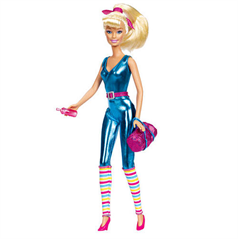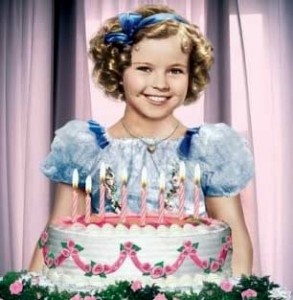Power Rangers
Television has been entertaining people since the 1950’s. Even I was drawn
into this mechanical box since the bright pixels entered my pupils. As a kid I would spend countless hours watching one of my favorite cartoons, the Power Rangers. My mother would always try to make me to watch something much more educational, like Bill Nye the Science Guy, Barney & Friends, or other didactic cartoons on the screen. She believed that by watching Power Rangers I was becoming more aggressive and unrealistic versus knowledgeable and grounded. I am fairly certain she would agree with Peter Stearns’s statement that “TV seemed to be promoting a craving for violence and fantasy among children (Pg 15).”
Despite critics such as Stearns and my mother, the Power Rangers remains a widely viewed show on the air. The first season of Power Rangers, Mighty Morphin Power Rangers, aired in 1993 and became an instant hit on Fox Kids Network. Sixteen seasons later, it has now expanded to other networks such as ABC station, Jettix, and Nickelodeon. Its latest season, Power Rangers Super Samurai, will air on February 18, 2012. The Power Rangers epic run seems to have no ending, the original creator, Haim Saban, is still working on additional seasons.
The large audience still watching the show has not discouraged viewers from labeling it as a violent action show targeting children. Nicole Jarosz claims the show promotes violence as a way to solve problems. According to Jarosz, since the Power Rangers always solve a problem by fighting and ridding themselves of the bad guy, children believe this is the way to solve problems. They fight their way out of trouble thinking everything will turn out OK with no consequences. In California State University, a study was done to find the answer to this intriguing question. Children were divided in two groups, one group was showed an episode of Power Rangers and the other was not. The groups were then released to a play and the number of acts of aggression were recorded for each child. The observers noticed that the children that saw Power Rangers were more aggressive then the ones that did not, especially the boys. It is studies like these that entices people to believe violence on television impacts the viewer. My mom may have been a tad correct after all.
Kid playing around as Power Rangers, until the teach ruins their fun.










